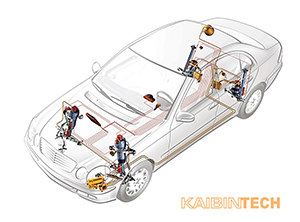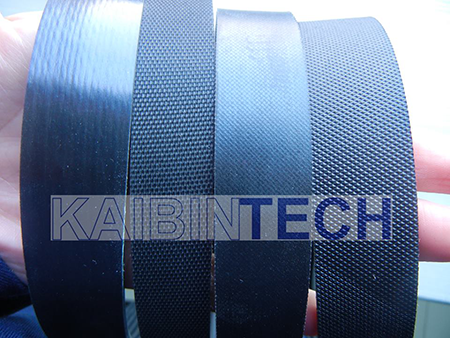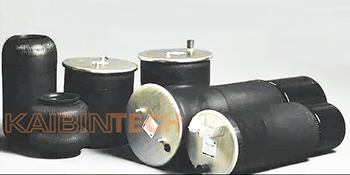Why do we need air suspension?
significant advantages of air suspension Everyone will answer this question in different ways, for someone it’s a style or a show off, for someone it’s comfort, and someone wants to add capacity to his car. Everyone understands the first and third, but very few people know about comfort, but it’s more expensive than the cost of the controller and body position sensors. Air suspension has some significant advantages over traditional coil or leaf spring suspension on car, trucks and trailers. It is a system of rubber and [...]













